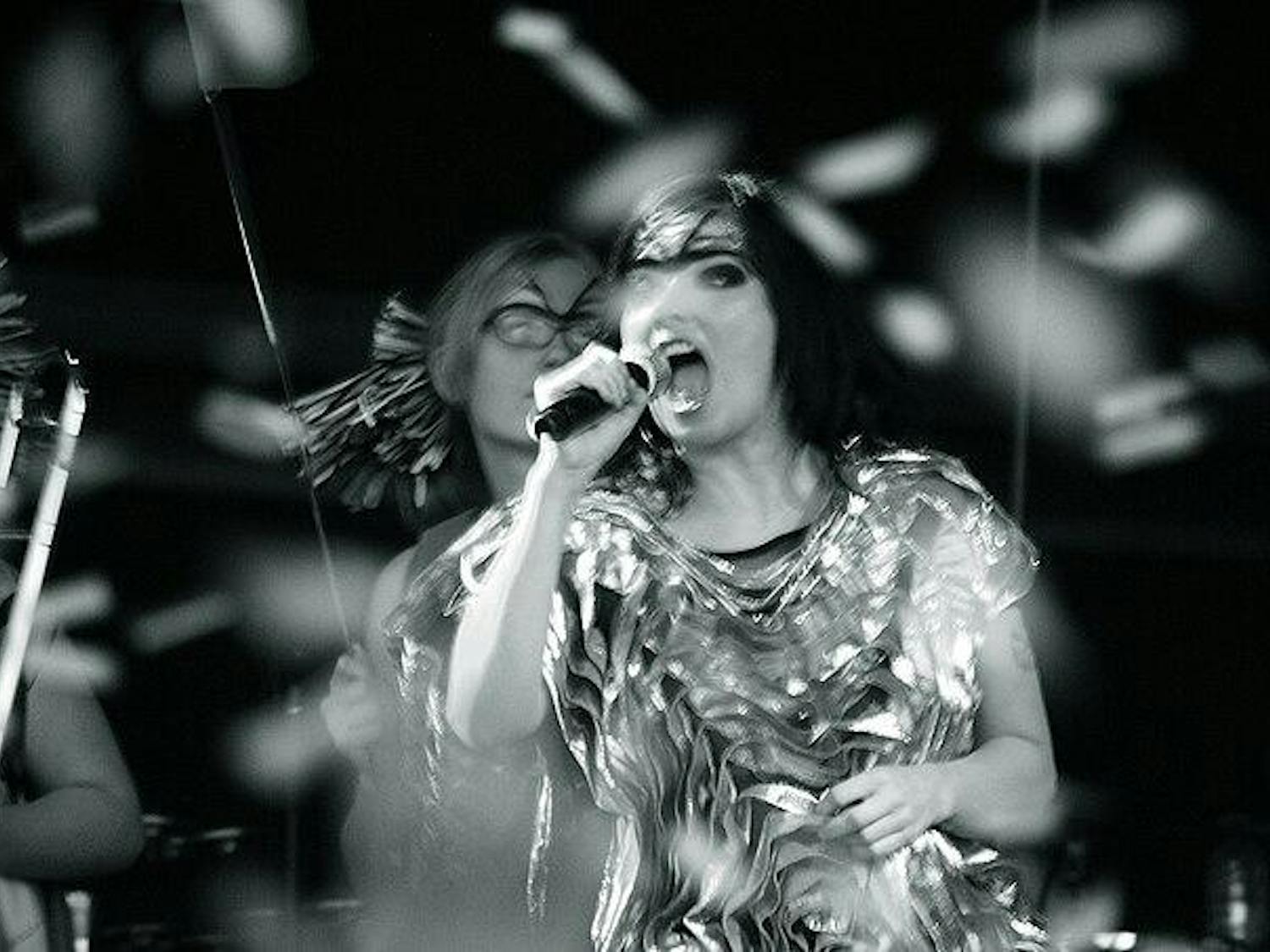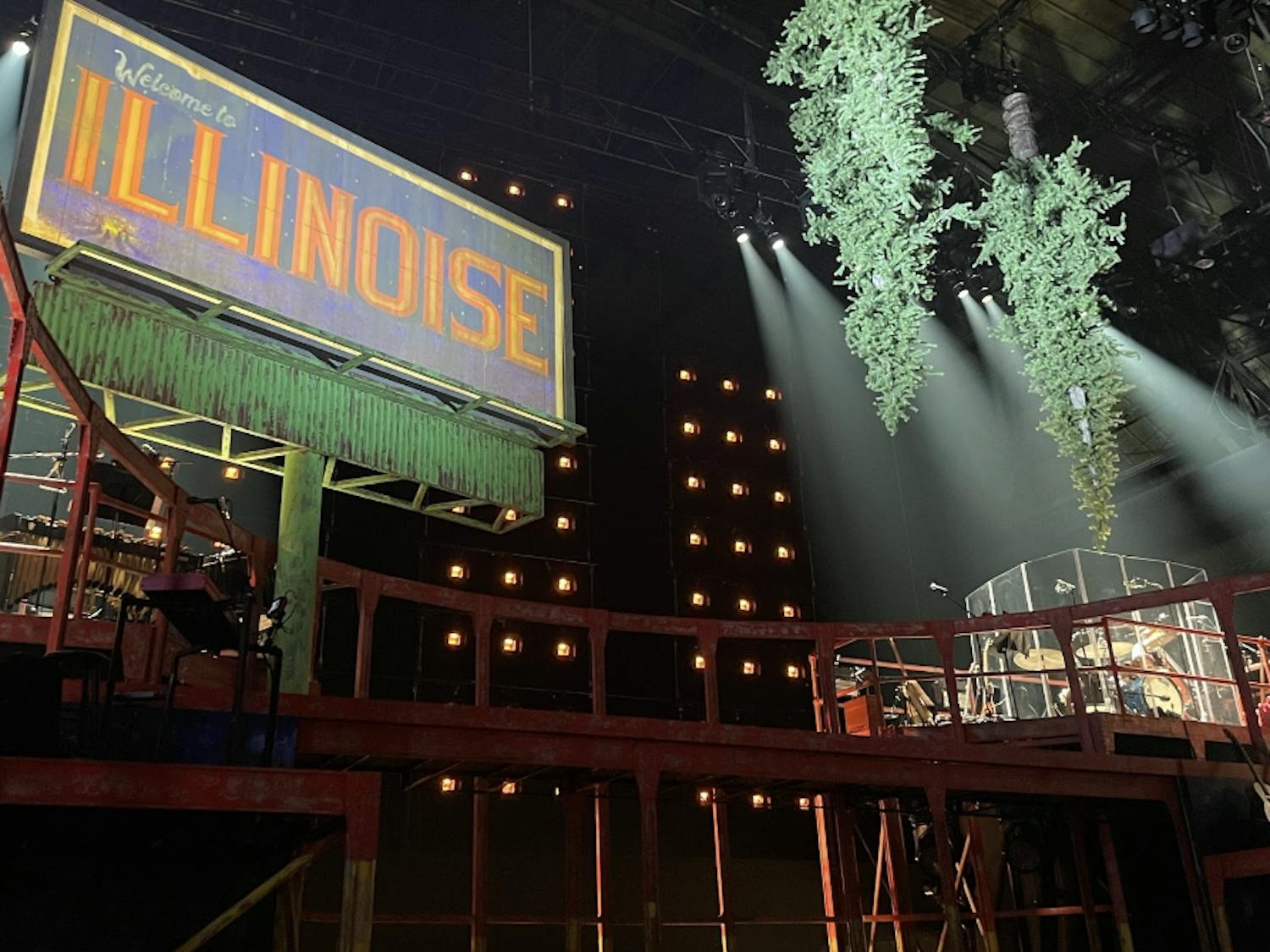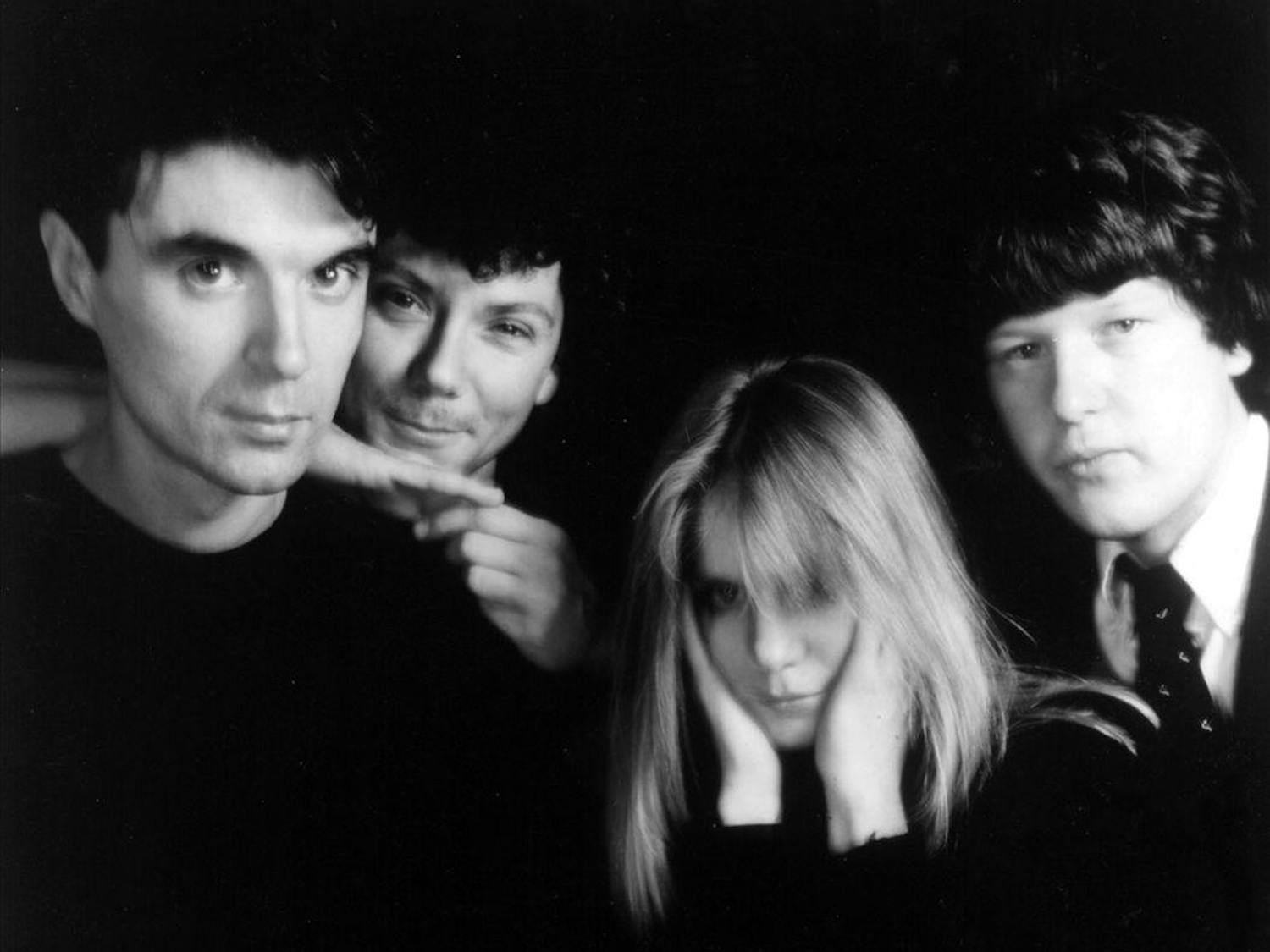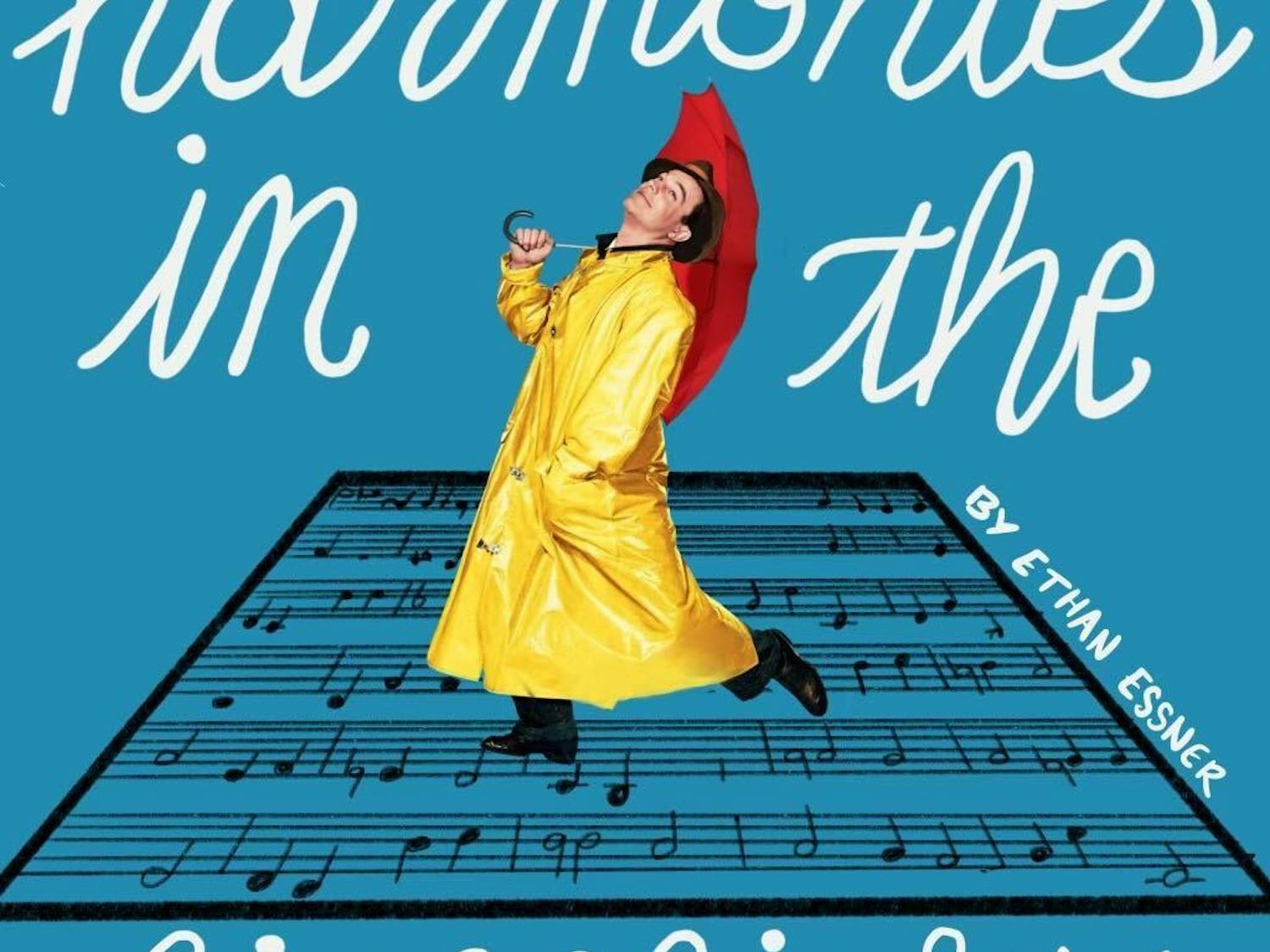‘One Battle After Another’ is another masterstroke on revolution and autocratic paranoia from one of the great creatives of our time
By Ethan Essner | October 2To accurately describe the scene of something as modern as the new Paul Thomas Anderson film, it’s necessary to tap the rewind button to early leftist, revolutionary politics. During the ’70s, we heard rallying cries, people holding onto any form of comfort so as to make the bad times less trying. In Gil-Scott Heron’s 1971’s black liberation anthem, “The Revolution Will Not Be Televised,” he exclaims, “Green Acres, Beverly Hillbillies, and Hooterville Junction will no longer be so damn relevant.” The metaphor here hinges on Heron citing these 1960s television programs (“Green Acres,” “Beverly Hillbillies”), and their themes — rooted in hoisting wealth and perseverance in white America — as no longer relevant. These people, and their glorified existence, are still living beneath the corrupt government. While “One Battle After Another” takes Heron’s comedic jabs at the 1960s government, it contrarily applies it under the dome of a Trumpist agenda. The movie turns into something beaming with dimension and intelligence while also delivering those laughworthy moments via outrageous allusion and mockery, much akin to Heron.












